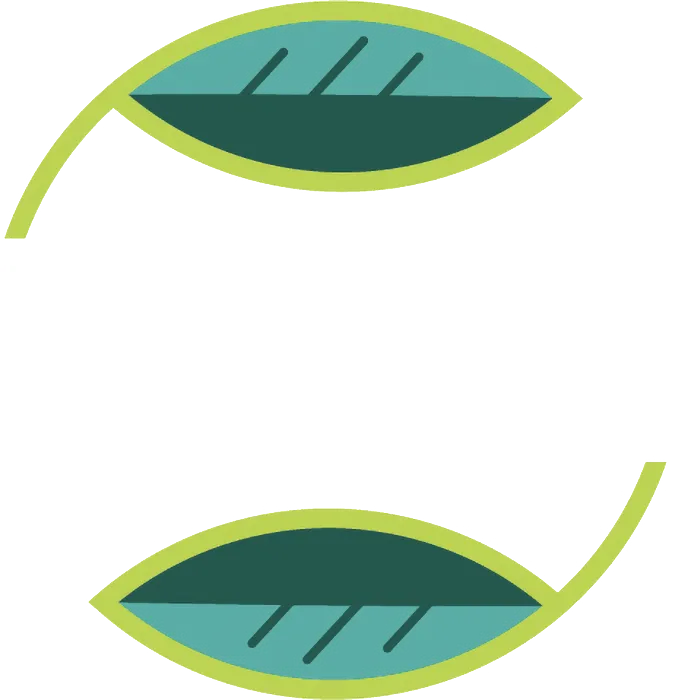2024-08-05
When to Replace Artificial Turf
Recognizing when to replace artificial turf is crucial for maintaining a safe, functional surface on your artificial turf field. Heavy use and exposure to the elements can cause significant wear and tear on the turf fibers, leading to frayed or flattened blades that no longer stand upright. This degradation affects not only the aesthetics but also the safety and functionality of the turf field. Poor drainage or pooling water on your turf surface can signal underlying problems with the turf system, necessitating replacement to prevent further damage to the ground underneath and maintain the overall integrity of the installation.
Visible seams and edges that have come apart are clear indicators that your artificial turf may need to be replaced. These issues can pose safety hazards and compromise the integrity of the turf field. Ignoring such signs can lead to further degradation, making the surface unsafe for activities and detracting from the overall appearance of your yard or lawn. Regular inspections are important considerations that can help identify these issues early, ensuring timely interventions and preserving the quality of your turf fields.
Artificial turf is an excellent alternative to real grass, offering lower maintenance and better durability. However, like any surface, it requires attention and care. Factors such as heavy use, weather conditions, and the initial installation quality can all affect the longevity of your synthetic grass. By monitoring the condition of your artificial turf and addressing issues like poor drainage, frayed fibers, and visible seams promptly, you can ensure that your synthetic turf field remains a safe, attractive, and functional part of your yard or lawn. Regular maintenance and timely replacement are key to maximizing the lifespan and performance of your artificial turf.
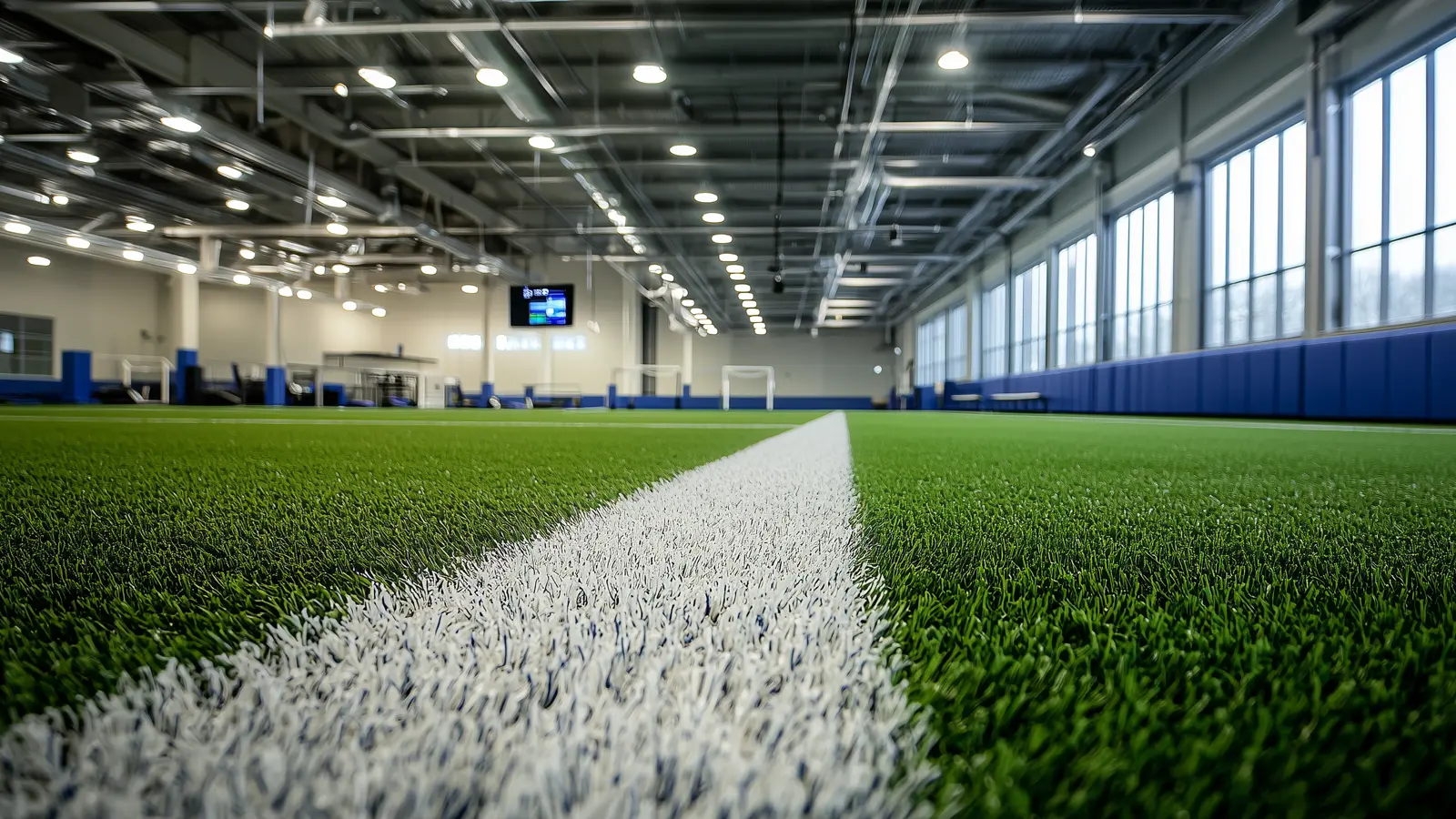
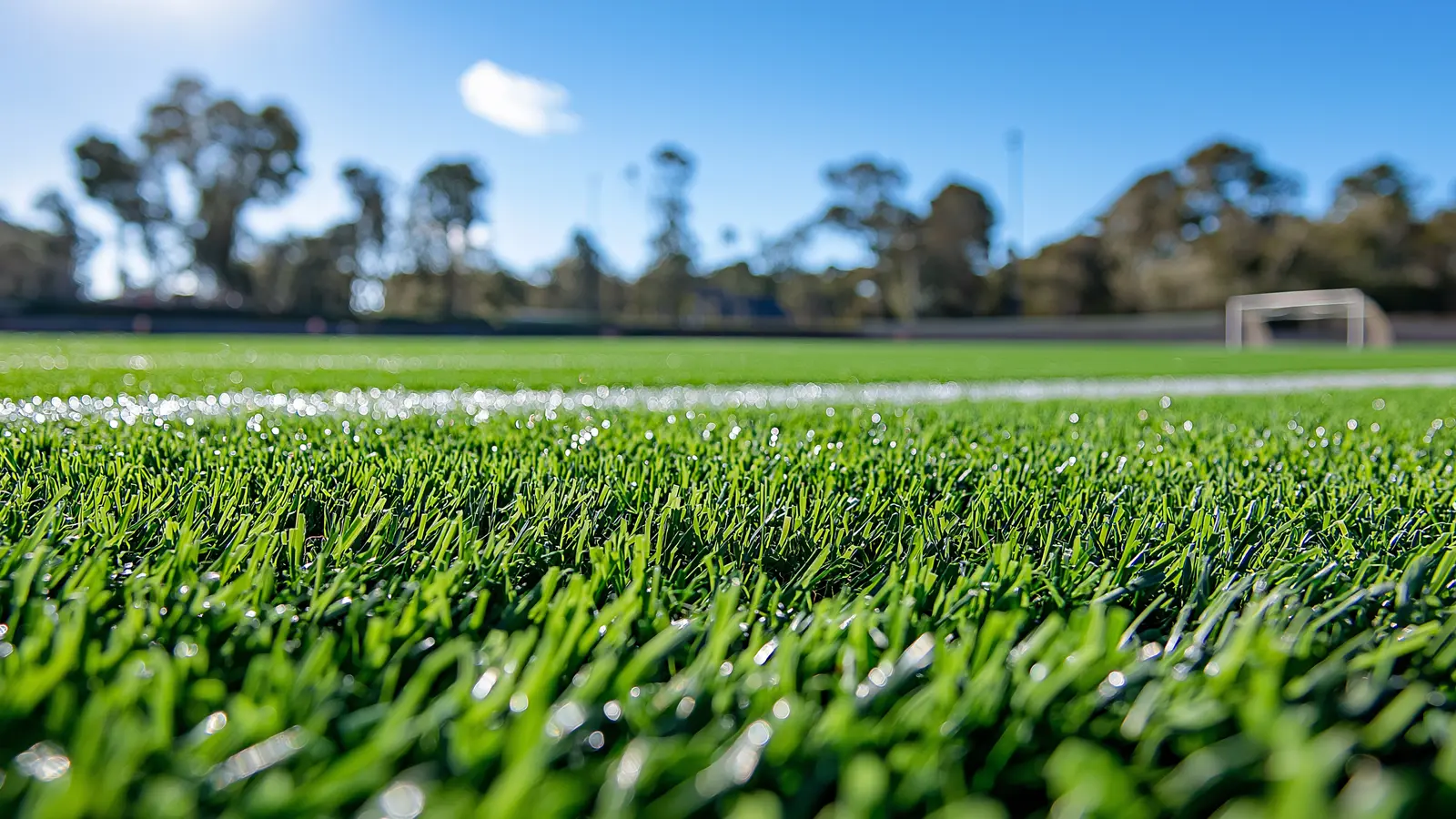
Benefits of Replacing Artificial Turf
Replacing old artificial grass provides a refreshed look and improved functionality. Advances in synthetic turf technology mean newer installations can offer better performance and durability. Your new synthetic turf field will look more vibrant and provide a safer, more reliable surface. Modern turf systems often include improved UV protection and wear resistance, which help maintain their appearance and performance over time.
While the replacement process involves an initial investment, new synthetic turf can save money in the long run by reducing maintenance costs. Modern synthetic turf requires less frequent infill replacement and has improved resistance to wear. Moreover, newer turf systems are designed to be more eco-friendly, using sustainable materials and requiring less water for cleaning and maintenance. This not only benefits the environment but also reduces your overall maintenance efforts and costs.
Key benefits include:
- Enhanced aesthetics with a more vibrant look
- Improved performance and durability
- Cost savings on maintenance and infill replacement
This means you’ll spend less on upkeep and enjoy a longer-lasting surface. The enhanced durability of the new synthetic grass also translates to fewer disruptions for repairs or maintenance, ensuring that your space remains available for use more consistently.
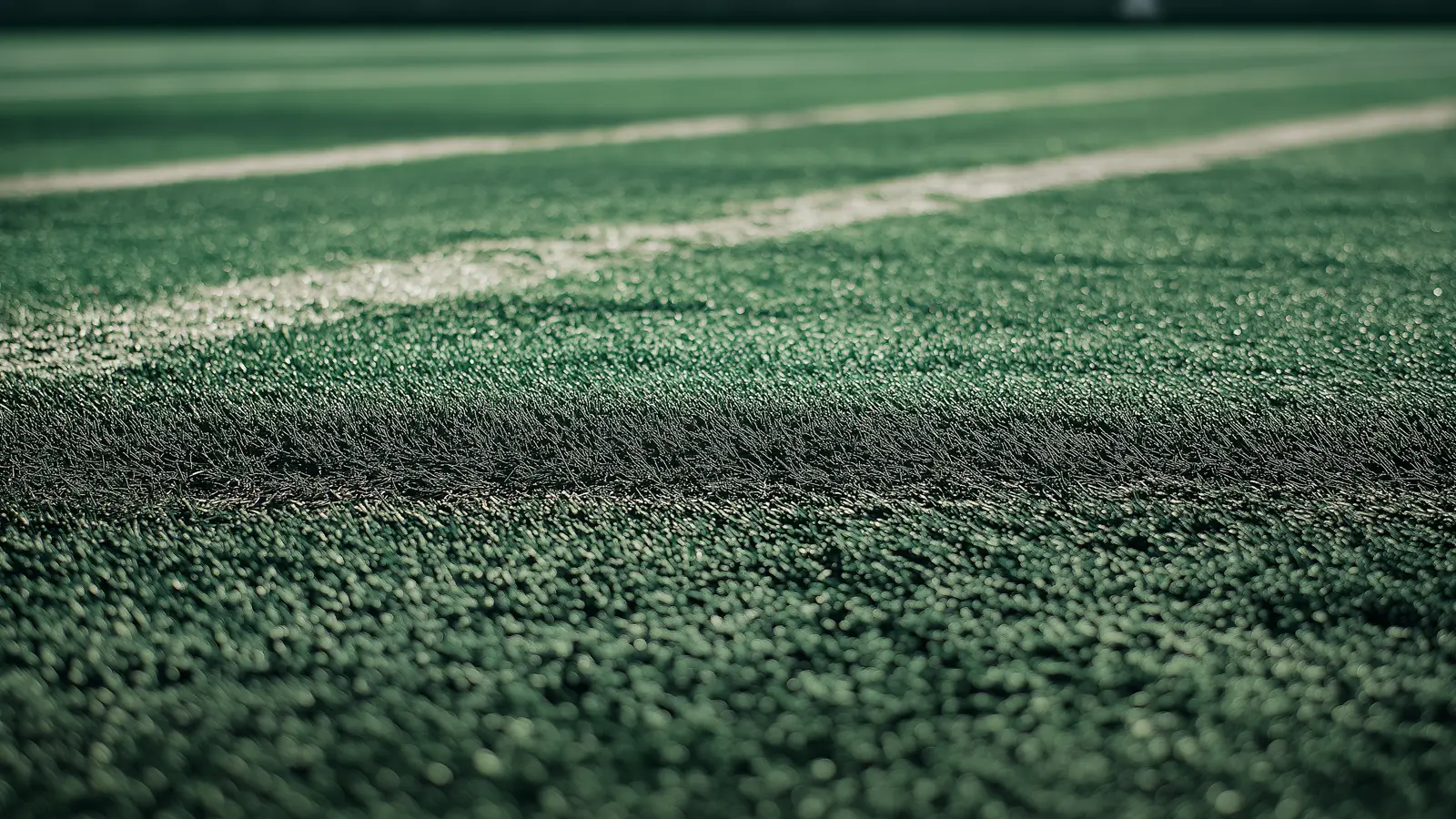

Identifying the Signs for Replacement
One of the most noticeable signs that it’s time to replace your artificial turf is the condition of the turf fibers. Look for frayed or flattened fibers that no longer stand upright. Heavy use and exposure to weather can significantly affect the longevity of artificial grass. When the grass fibers start to look worn out, it’s a clear indication that replacement is needed. Additionally, discoloration or fading of the turf can signal that the material has degraded and lost its aesthetic appeal. Regularly monitoring the color and texture of the turf can help in identifying when a replacement is necessary.
Poor drainage or pooling water on your turf surface can indicate underlying problems with the turf system. Proper drainage is essential to maintain the turf’s performance and prevent damage to the aggregate base. If water is not draining correctly, it may be time to consider replacing your turf. Persistent drainage issues can also lead to mold or mildew growth, further compromising the safety and functionality of the synthetic turf field. Proper drainage prolongs the turf’s life and maintains a clean, hygienic surface.
Key indicators to look for:
- Frayed or flattened turf fibers
- Pooling water or poor drainage
- Visible seams or edges that have come apart
Visible seams or edges that have come apart can pose safety hazards and compromise the integrity of the turf field. Deteriorating seams and edges are strong indicators that your artificial turf needs to be replaced. Loose or lifting edges can create tripping hazards, particularly when installed in high-traffic areas such as sports fields or playgrounds. Addressing these issues promptly ensures user safety and the longevity of the synthetic turf installation.
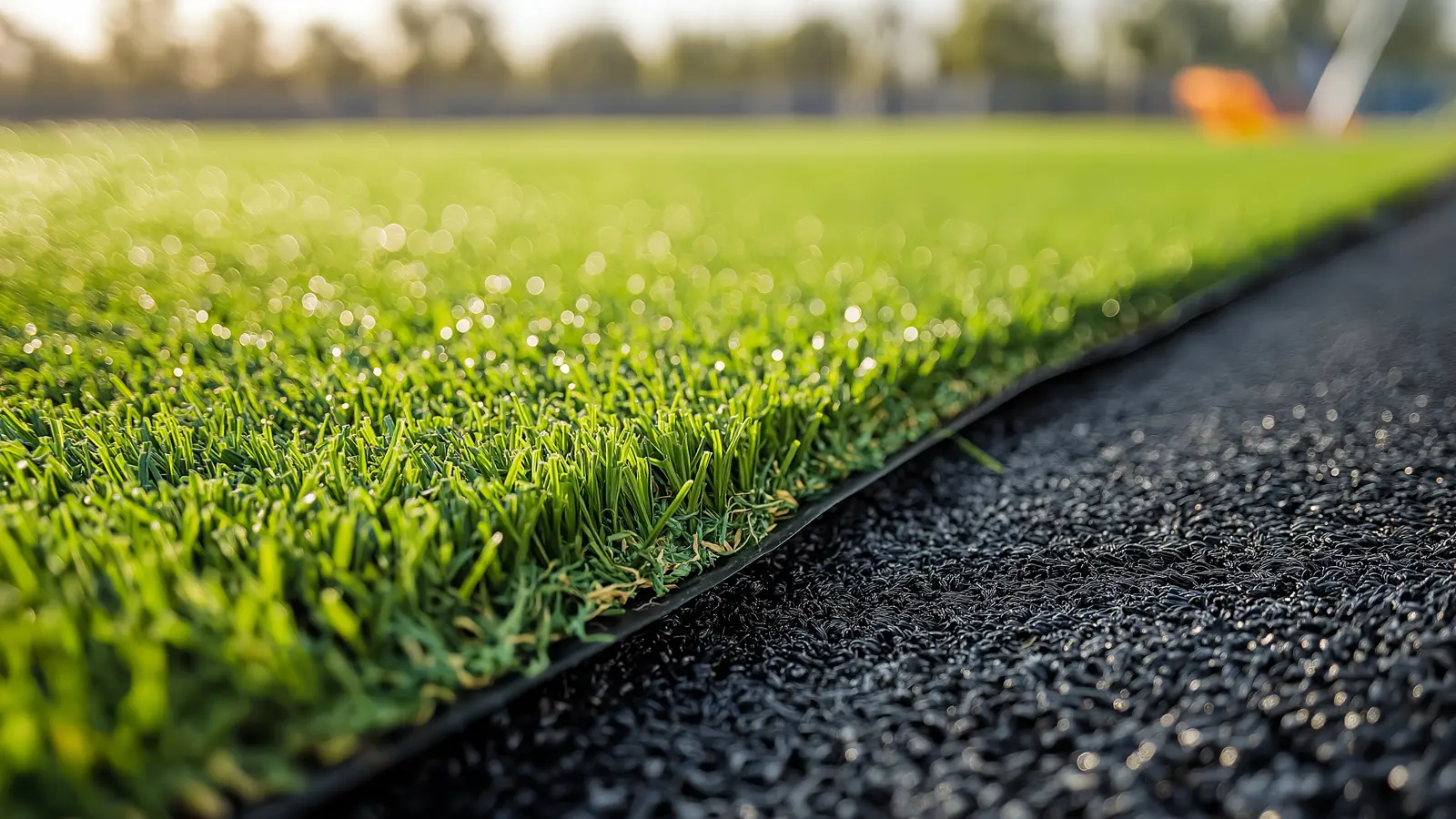
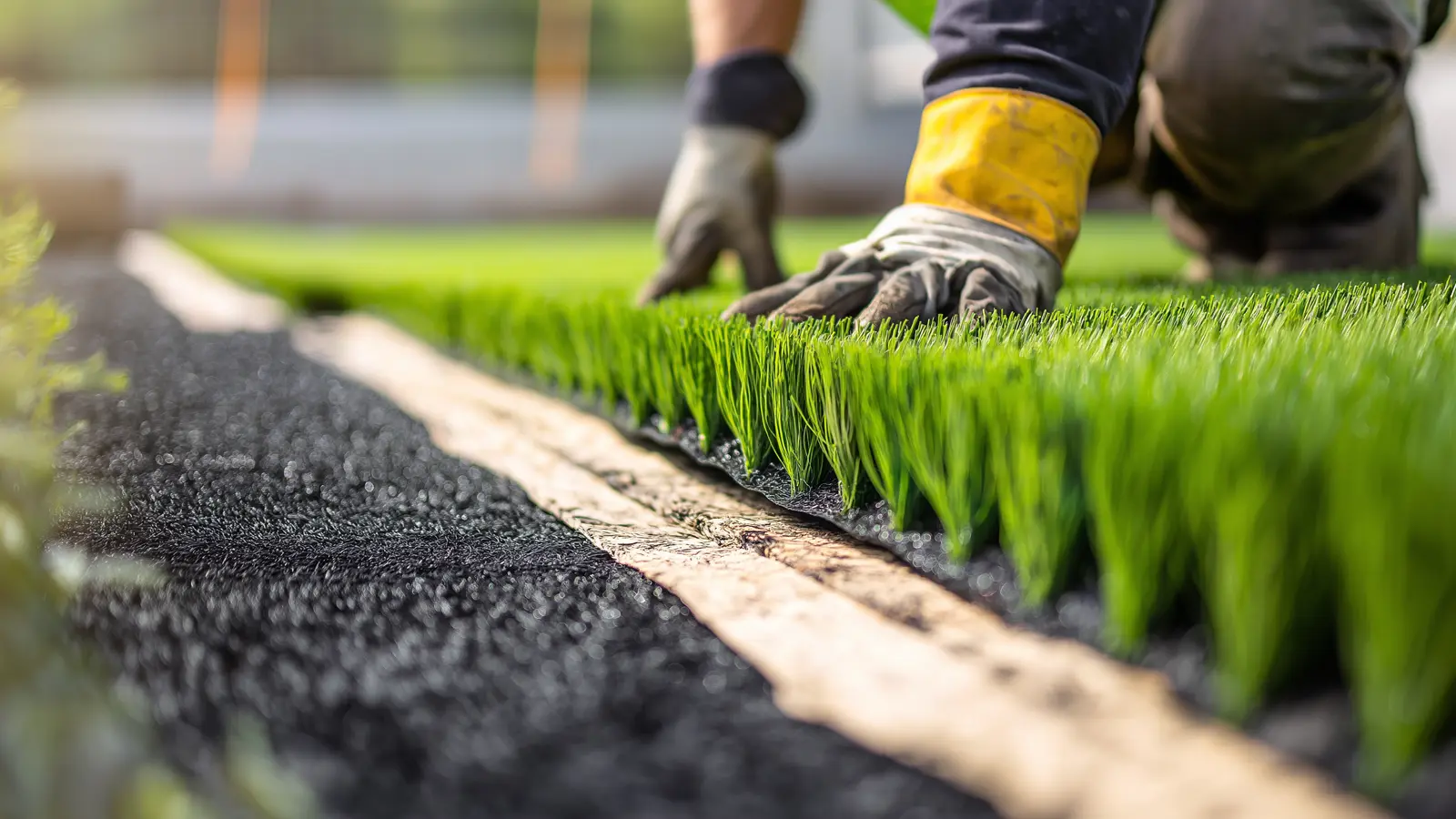
What to Expect During the Replacement Process
Professional turf installers will start with a thorough assessment of your existing turf. They will discuss your needs, preferences, and any specific issues you’ve encountered with the current turf. This consultation helps ensure that the new turf will meet your requirements. Additionally, the installers will provide a detailed timeline and cost estimate for the project, ensuring transparency and helping you plan accordingly.
Key steps in the replacement process:
- Initial consultation and assessment of current turf
- Careful removal and disposal of old turf
- Preparation of the surface with necessary adjustments
- Installation of new turf, securing seams and edges, and spreading infill
Installers will then lay out the new turf, secure the seams and edges, and spread infill evenly to stabilize the turf fibers. The installation process is thorough to ensure a smooth, safe, and visually appealing final product. Post-installation, the installers will conduct a final inspection to ensure everything is properly in place and address any immediate concerns you might have.

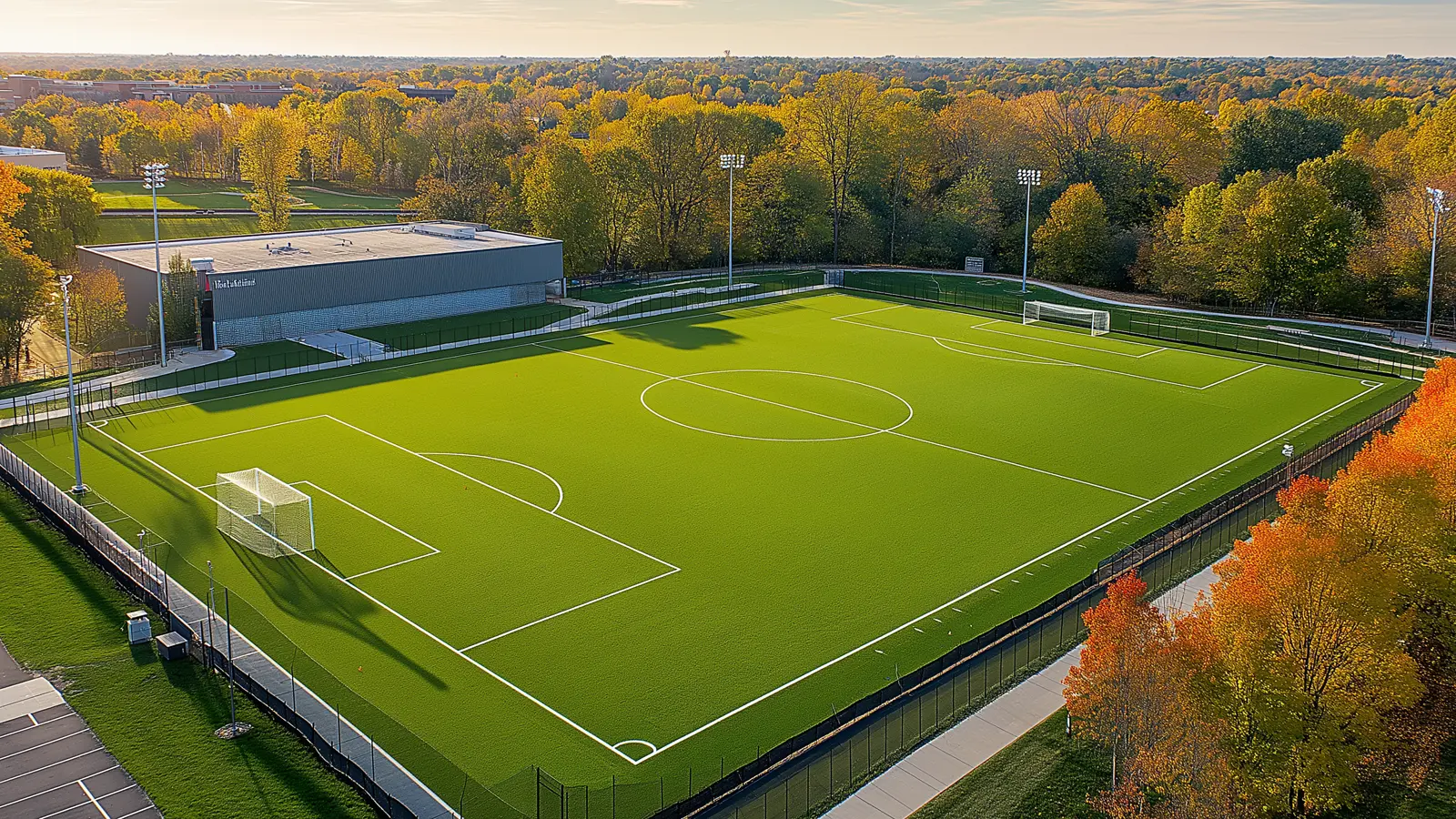
Important Things to Know During Replacement
Installers will guide you in choosing a turf type that suits the intended use, whether for a backyard, sports field, or playground. They will consider the turf’s fiber composition, blade length, and infill requirements to match your needs. The proper turf will ensure optimal performance and longevity. Additionally, they will explain the different maintenance requirements for each type of turf, helping you choose one that fits your maintenance capabilities and expectations.
Key things to know during replacement:
- The right turf type is crucial for optimal performance
- Proper drainage adjustments are essential to prevent waterlogging
- Regular maintenance practices extend the life of your turf
Professional installers will evaluate and ensure the drainage system is functional, making necessary adjustments. Proper drainage is crucial to prevent waterlogging and prolong the life of the turf. They will also provide guidance on regular maintenance practices to keep the turf in optimal condition, including brushing the turf fibers, evenly distributing infill, and addressing any minor repairs promptly. Proper maintenance will extend the life of your new turf and keep it looking great. The installers may also offer a maintenance package or service plan to help you keep your synthetic turf in the best condition over time.
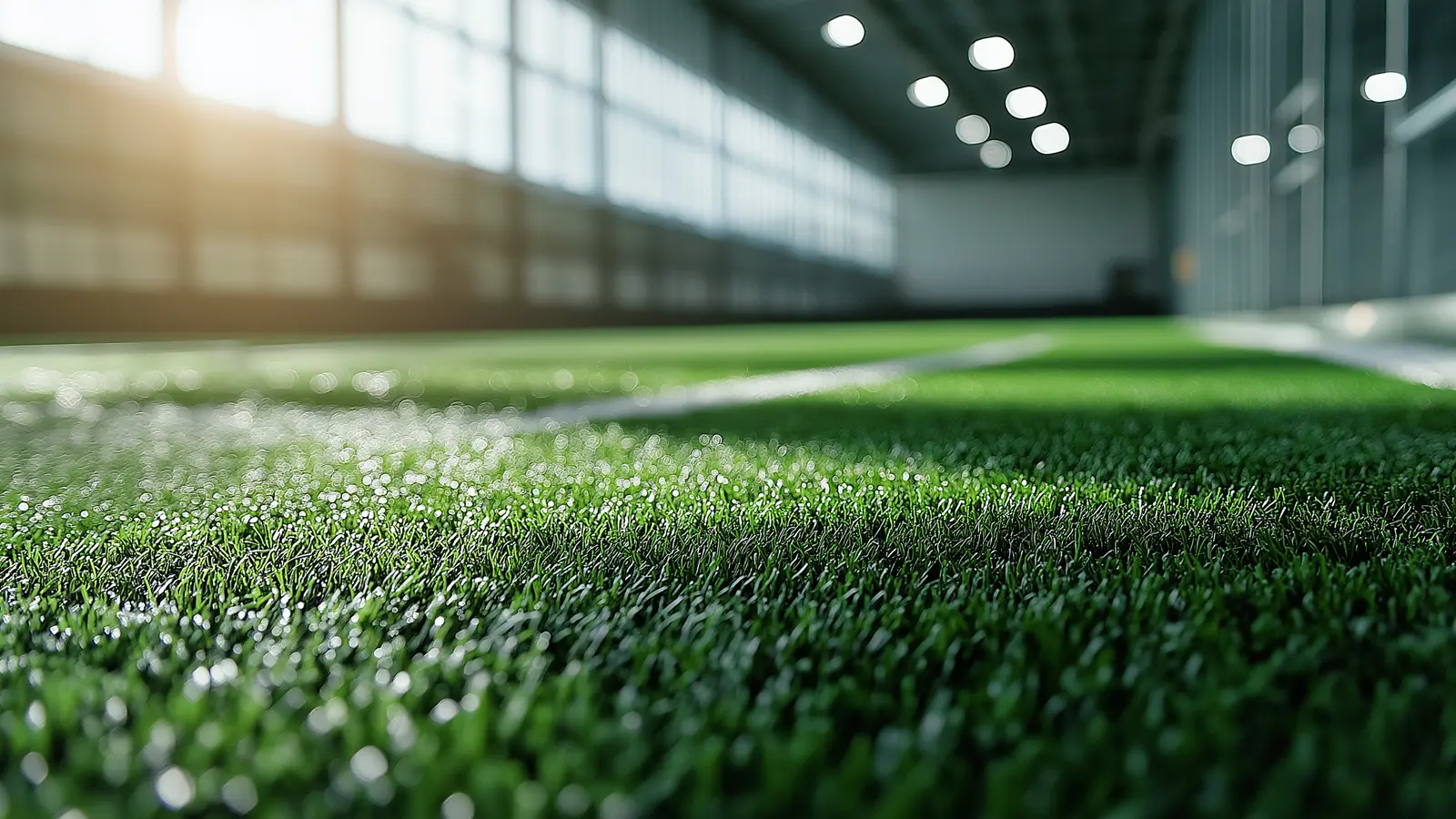
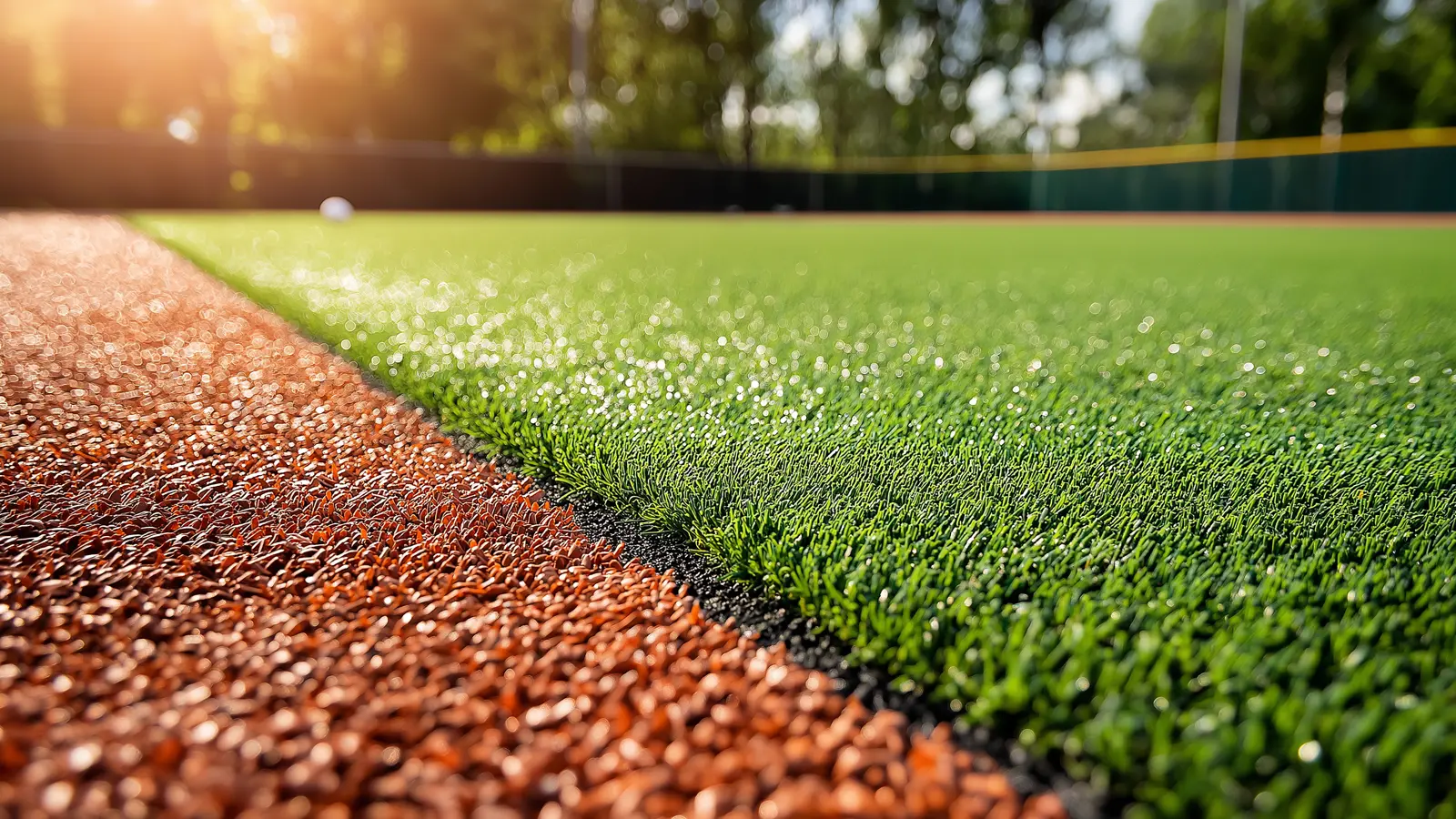
Ensuring Longevity and Aesthetic Appeal
Replacing your artificial turf at the right time ensures that your outdoor spaces remain safe, functional, and visually appealing. Recognizing the signs of wear and tear, addressing drainage issues promptly, and understanding the replacement process are essential steps in making informed decisions that enhance the performance and longevity of your turf. Unlike natural grass, synthetic turf requires less maintenance and no watering, making it a sustainable choice that helps conserve water. Partnering with professional installers and following their maintenance advice will ensure that your new turf provides a vibrant, durable, cost-effective solution for years.
Embracing the benefits of modern synthetic turf means you can enjoy a refreshed, reliable outdoor environment where you and your family can play and relax. Investing in quality turf and proper installation not only improves the immediate aesthetics of your yard or lawn but also adds long-term value to your property. Modern synthetic turf offers a great alternative to natural grass, providing a lush, green appearance year-round without the hassle of regular mowing, fertilizing, or watering. This not only saves you time and effort but also contributes to environmental conservation.
Furthermore, the latest advancements in artificial turf technology ensure that your turf is more resilient and visually appealing than ever. High-quality synthetic turf mimics the look and feel of natural grass, providing a comfortable and attractive surface for various activities. By installing modern synthetic turf, you are making a smart investment that enhances your outdoor space’s usability and charm while promoting sustainable practices. The long-term benefits of installing artificial turf are clear, offering a low-maintenance, water-saving solution that keeps your outdoor areas looking beautiful and inviting year after year.



